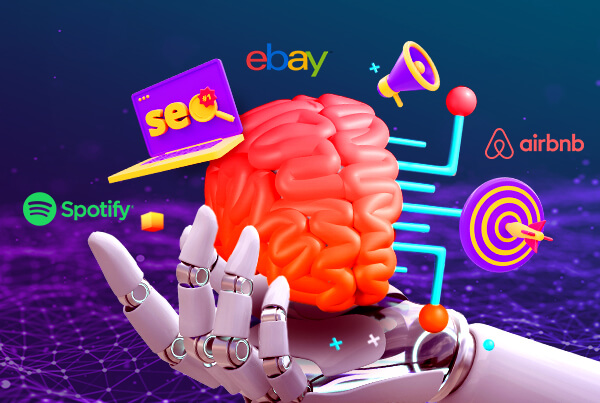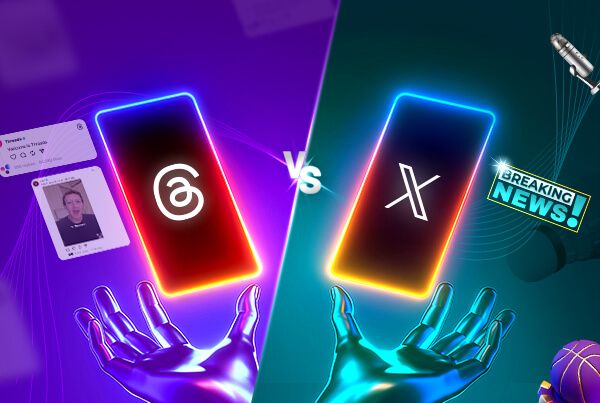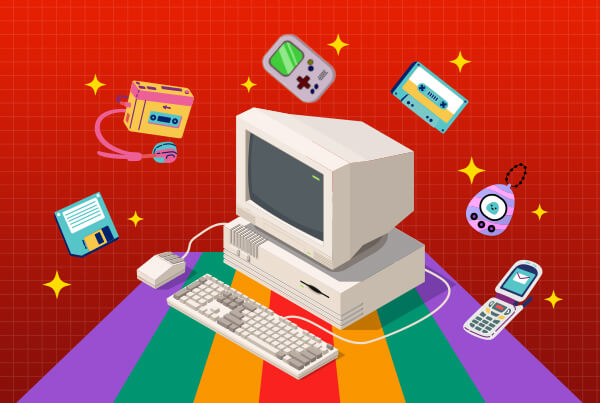
Ahh, nostalgia! It’s a blast from the past that allows us to re-experience the sentimental good ol’ days. A throwback in the form of a heart-warming embrace filled with all your favourite memories.
Research has shown that nostalgia serves an existential function1 by giving our lives a sense of meaning as we grow older. Especially during uncertain and challenging times in our lives, we tend to cling to familiar things that bring us comfort.
This is evidently seen during the COVID-19 pandemic, where nostalgia marketing was all the rage. Using Nike’s You Can’t Stop Us Campaign2 as an example, it served as a blissful escape from loneliness, boredom, and anxiety during the looming lockdowns.
Let’s dive into the power of nostalgia and take a walk down memory lane with a few case studies.
What is nostalgia marketing?
Nostalgia marketing is a strategy that taps into familiar and endearing concepts, appealing to our collective longing for a much-coveted past.
It’s the secret ingredient that adds a spark to contemporary campaigns to generate interest and ultimately build consumer trust. It strategically associates your brand with something your audience are already fond of, thus encouraging an emotional connection.
This popular marketing tactic is taking over the world by storm. Big brands from Apple, McDonald’s to Lego are capitalising and maximising on nostalgia marketing, actively targeting millennials in the process to enjoy exceptional returns.
Why does it work well for brands?
The 30-year cycle
Also known as the nostalgia pendulum, the 30-year cycle is when the consumers grow into adulthood and start shaping the cultural landscape as creators.3
According to Patrick Metzger4, “After about 30 years, you’ve got a real market of people with disposable income who are nostalgic for their childhoods. So artists working in popular mediums are rewarded for making art that appeals to this audience”.
This also explains why the 90s is the era that’s most fondly remembered by the millennials, as 30 years have passed since then.
Emotional attachment
Nostalgia-centric marketing forges meaningful connections between the past and present, creating a strong emotional hook.5 The key is to leverage on nostalgia while also offering something new, making it a perfect symphony of the past and present.
Nostalgia lets the consumers take refuge in happy memories from the past, giving them a sense of comfort in times of chaos.
Brand authenticity
With consumer scepticism rising and brand trust being at an all-time low, injecting nostalgic elements will help present your brand in a more authentic light6 and regain consumers’ trust.
Nostalgia-themed campaigns show that your brand isn’t afraid to experiment and have a little fun from time to time. This built sense of trust7 will then lead to conversions, as scientific studies8 found that nostalgic feelings weaken people’s desire for money and increased their willingness to purchase. This makes it a surefire way to boost sales, making your campaign a smashing hit.
A Trip Down Memory Lane
Below are some great examples showcasing how the past and present can come together to form a campaign that will elevate the consumers’ brand experience.
Example #1: The Success of Pokémon GO
As the most searched item online in 2016, Pokémon Go, a location-based mobile gaming app that merges our physical and digital world, was a roaring hit globally. It saw consumers clock in 8.7 billion kilometres9 when playing the game.
The New York Times called it millennials’ “first mass-consumption nostalgia product”, as it allowed them to relive the joys of their youth by capturing Pokémon characters through augmented reality.10
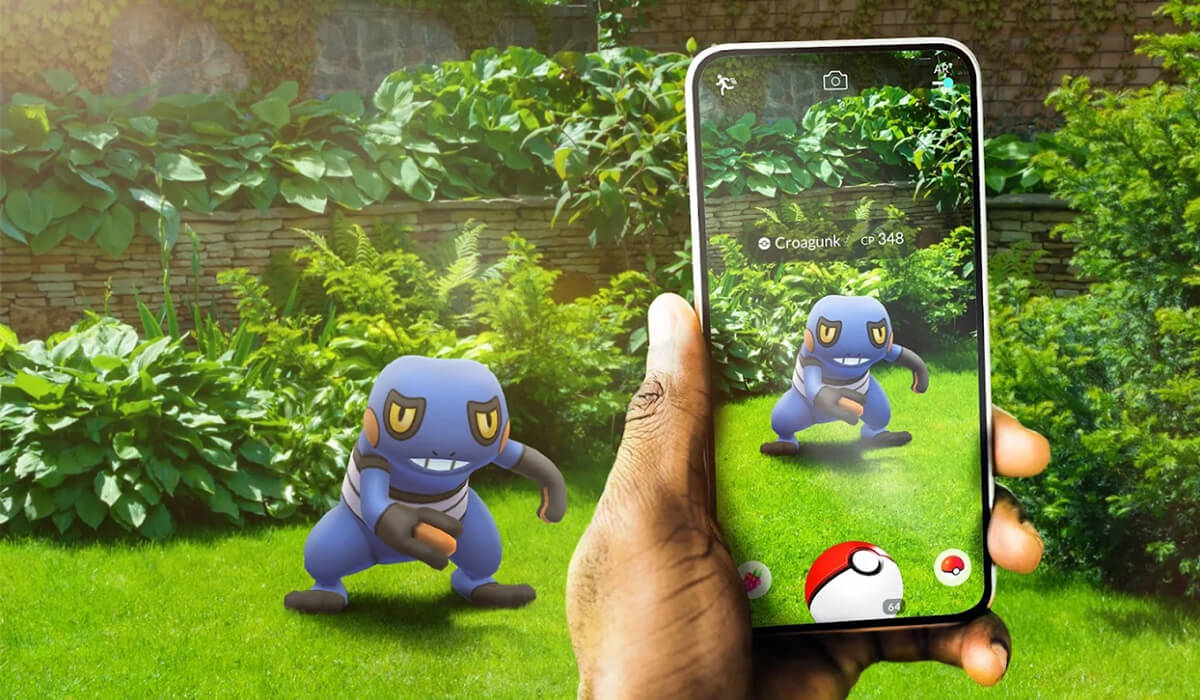
Example #2: Pac-Man X Pizza Hut
Order a pizza and play Pac-Man on its box? This fun, retro collaboration11 lets you do just that.
As part of Pizza Hut’s ‘Newstalgia’ campaign, it’s bringing back dine-in favourites with a modern touch. The limited-edition pizza boxes will feature QR codes that allow users to play an Augmented Reality version of the game.
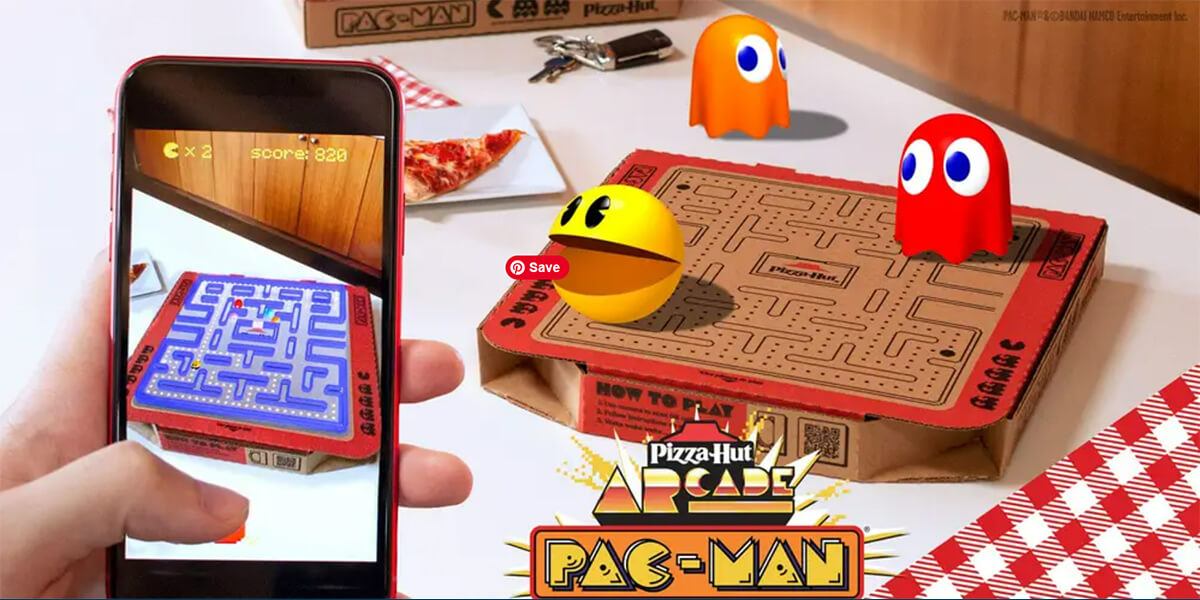
Example #3: F&N’s Classic Taste Throughout the Years for CNY
Our yearly lunar new year celebrations aren’t complete without a fizzy drink or two. F&N has been a familiar and popular choice of beverage after hearty meals during the festivities.
Understanding this, F&N’s 2021 Chinese New Year advertisement takes the audience on a trip back in time, showing how the brand has accompanied families throughout the years during the annual celebrations with a time jump from 1987 to 2021.
Example #4: Silkygirl’s Brand Journey
To celebrate the brand’s sweet 16 back in 2021, Silkygirl produced a storytelling-style video that showcased how the brand started, a timeline of its product launches, to the brand’s latest updates.
This little throwback is a fun, quirky way to let your audience learn more about the initiation of your brand. It helps build brand loyalty while encouraging engagement within your brand community.
View this post on Instagram
Conclusion
Are you ready to take your audience on a journey through time? With Chinese New Year coming up, this is a great chance for your brand to leverage nostalgic feelings and kickstart the conversation with a fond festive memory.
Get in touch to see how we can help you incorporate nostalgic elements into your CNY campaign.
References:
-
- 1 The Past Makes the Present Meaningful: Nostalgia As An Existential Resource.
- 2 Nike – You Can’t Stop Us (2020)
- 3 The 30-year Cycle – Why We’re Obsessed with Marketing Nostalgia
- 4 The Nostalgia Pendulum: A Rolling 30-year Cycle of Pop Culture Trends
- 5 Why You Need to Embrace Nostalgia Marketing Now
- 6 Nostalgia Marketing And The Search For Authenticity
- 7 Why You Need to Embrace Nostalgia Marketing Now
- 8 Science Shows Why Marketers Are Right to Use Nostalgia
- 9 The Success of Pokémon Go and Nostalgia Marketing
- 10 What Is Augmented Reality (AR)?
- 11 Pizza Hut Is Launching Augmented Reality Pizza Boxes That You Can Play ‘Pac-Man’ On. The Company’s CMO Tells Insider Why It’s Using the Gaming Icon In Its ‘Newstalgia’ Campaign.

